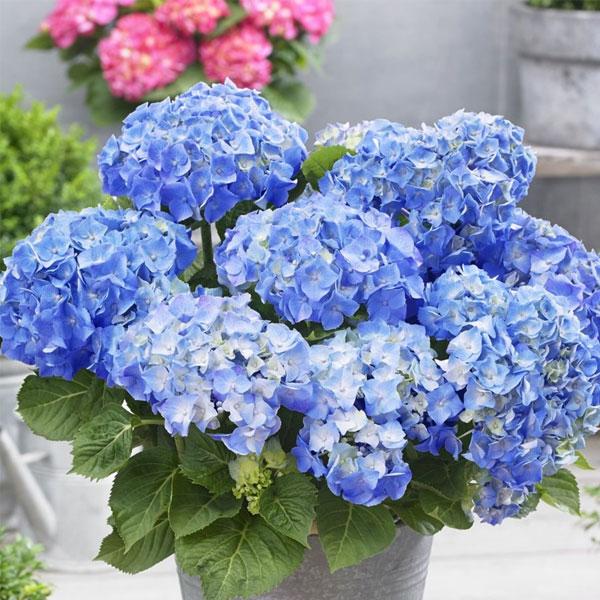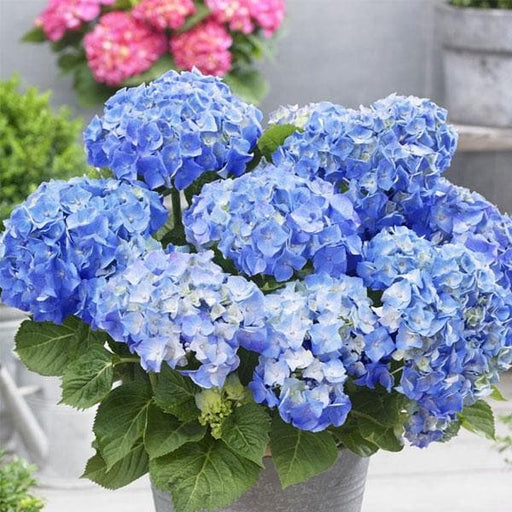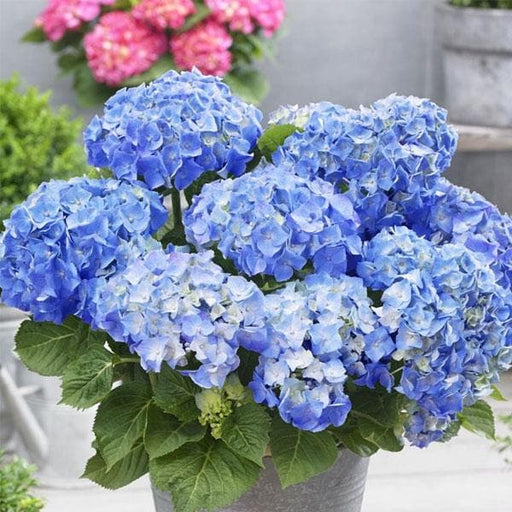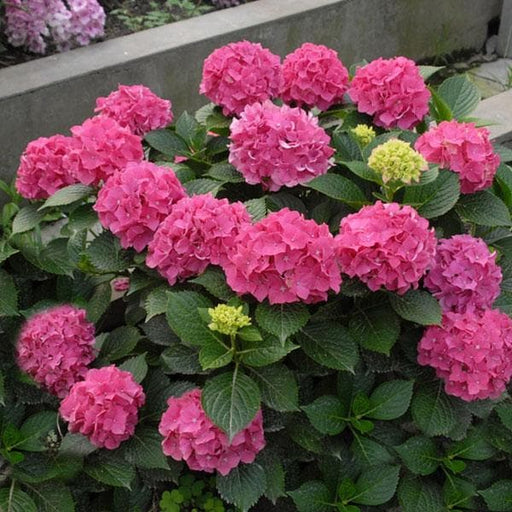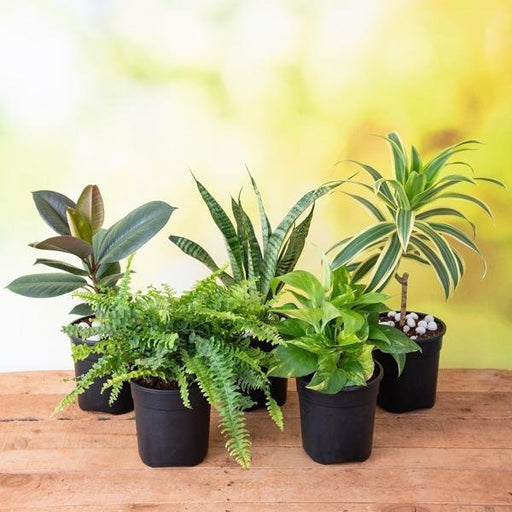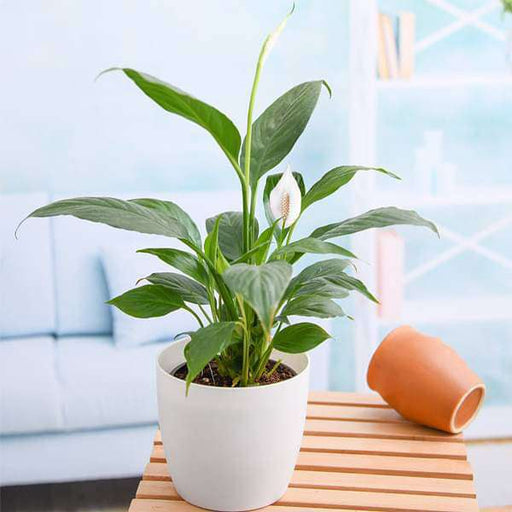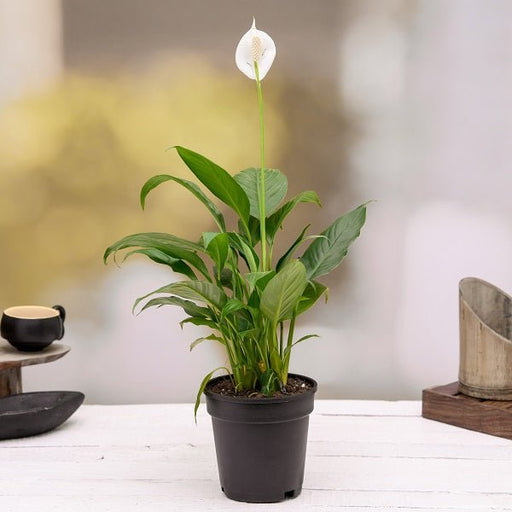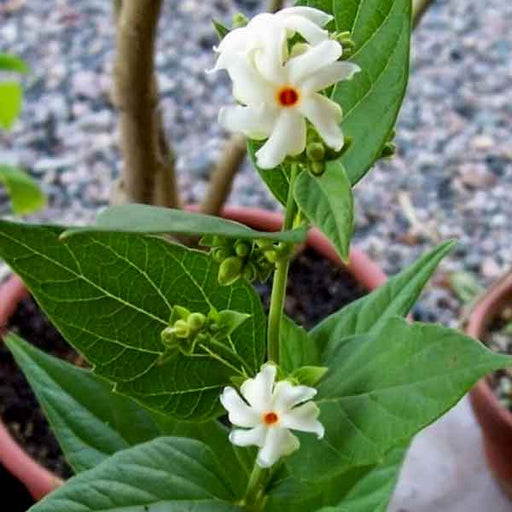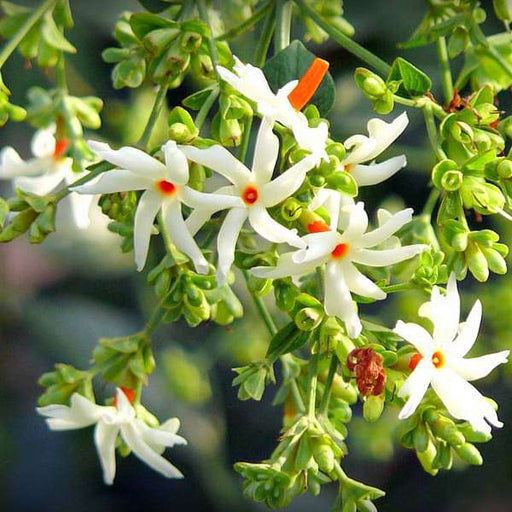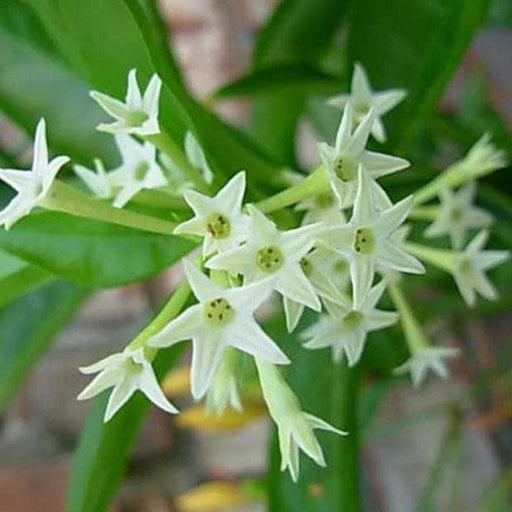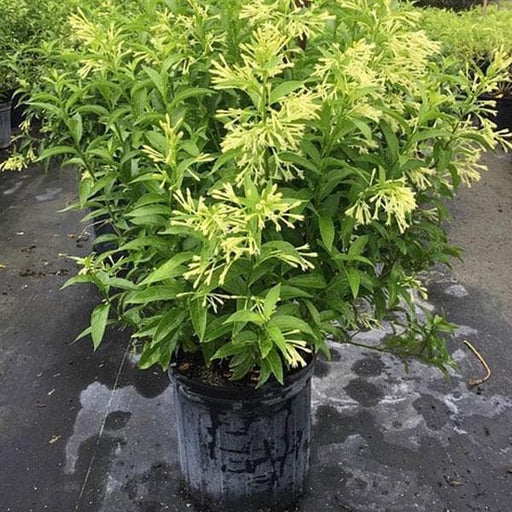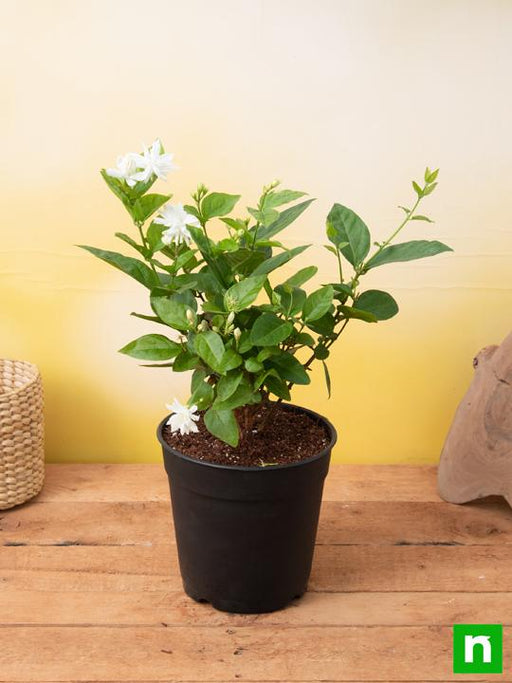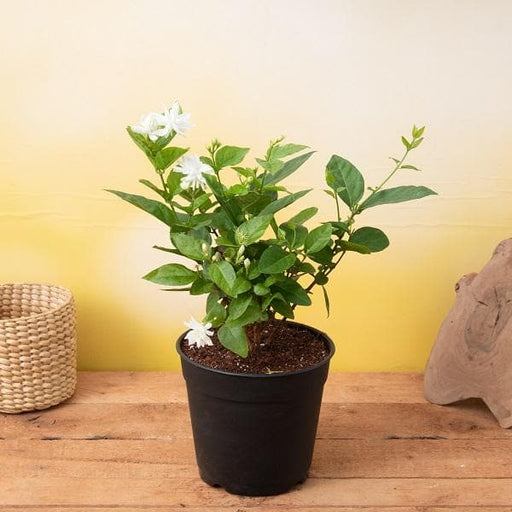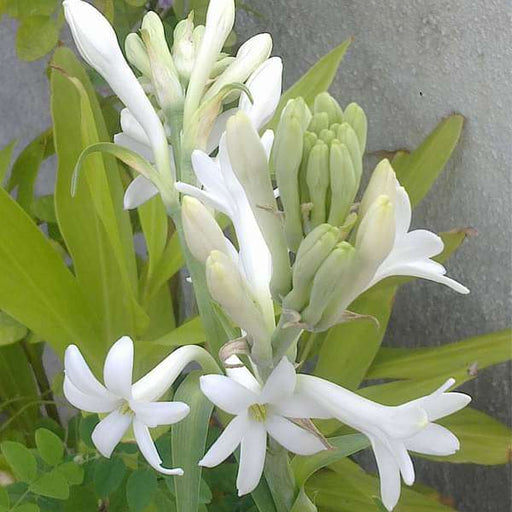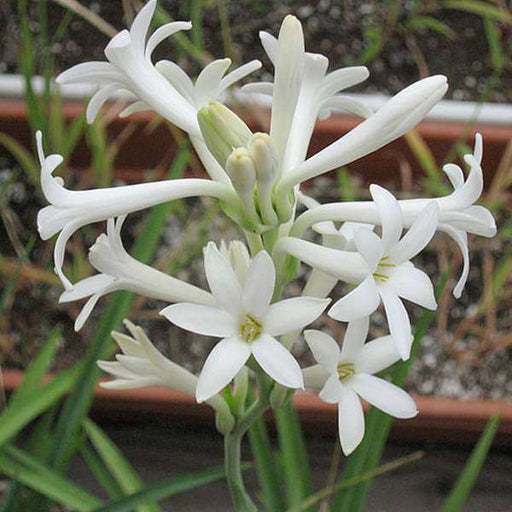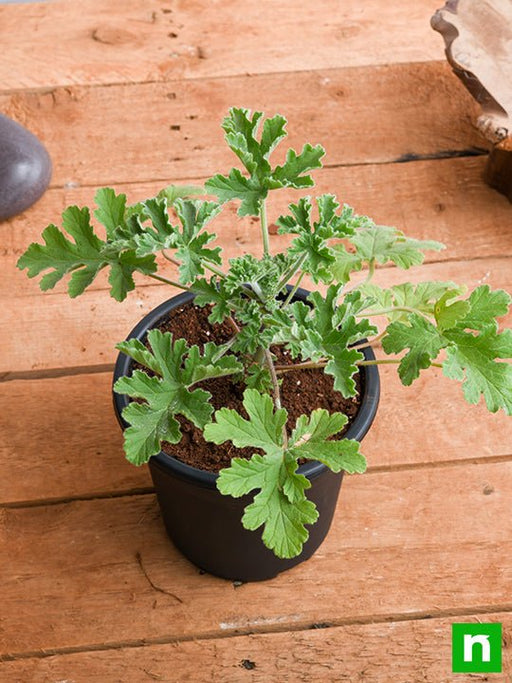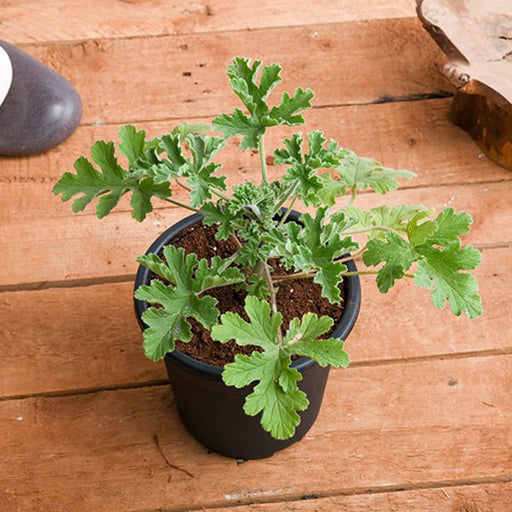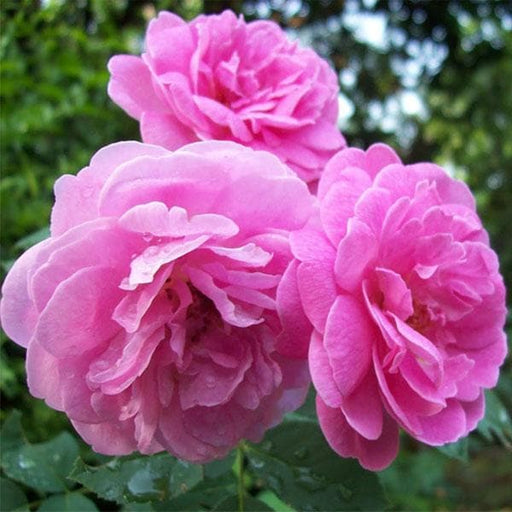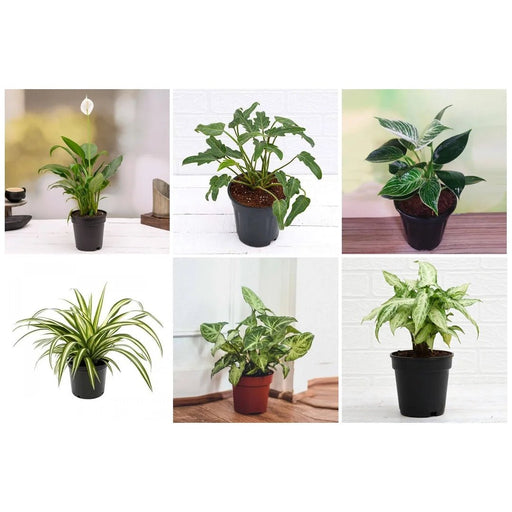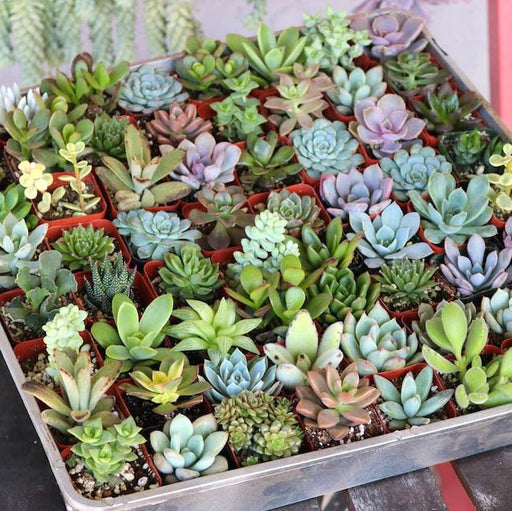Pink Hydrangeas
Pink hydrangeas are a popular choice for adding a soft, romantic touch to your garden. Understanding the different types of pink hydrangeas and their features can help you choose the best one for your garden needs.
Blue Hydrangeas
Blue hydrangeas are a stunning addition to any garden, with their cool, calming hues. Understanding the different types of blue hydrangeas and their features can help you choose the best one for your garden needs.
White Hydrangeas
White hydrangeas are a classic choice for adding a touch of elegance to your garden. Understanding the different types of white hydrangeas and their features can help you choose the best one for your garden needs.
Purple Hydrangeas
Purple hydrangeas are a bold and beautiful choice for adding a pop of color to your garden. Understanding the different types of purple hydrangeas and their features can help you choose the best one for your garden needs.
Lacecap Hydrangeas
Lacecap hydrangeas are a unique and delicate option for your garden, with their distinctive flower heads. Understanding the different types of lacecap hydrangeas and their features can help you choose the best one for your garden needs.
Oakleaf Hydrangeas
Oakleaf hydrangeas are a popular choice for their stunning fall foliage and unique cone-shaped flower heads. Understanding the different types of oakleaf hydrangeas and their features can help you choose the best one for your garden needs.
Endless Summer Hydrangeas
Endless Summer hydrangeas are a popular choice for their ability to bloom repeatedly throughout the season. Understanding the different types of Endless Summer hydrangeas and their features can help you choose the best one for your garden needs.
Peegee Hydrangeas
Peegee hydrangeas are a popular choice for their cone-shaped flower heads and ability to grow into a tree-like shape. Understanding the different types of Peegee hydrangeas and their features can help you choose the best one for your garden needs.
Annabelle Hydrangeas
Annabelle hydrangeas are a classic choice for their large, round flower heads and ability to thrive in a variety of conditions. Understanding the different types of Annabelle hydrangeas and their features can help you choose the best one for your garden needs.
Mophead Hydrangeas
Mophead hydrangeas are a popular choice for their large, ball-shaped flower heads and ability to bloom in a variety of colors. Understanding the different types of mophead hydrangeas and their features can help you choose the best one for your garden needs.
Tardiva Hydrangeas
Tardiva hydrangeas are a unique and stunning choice for their cone-shaped flower heads and ability to bloom later in the season. Understanding the different types of Tardiva hydrangeas and their features can help you choose the best one for your garden needs.
Limelight Hydrangeas
Limelight hydrangeas are a popular choice for their cone-shaped flower heads and ability to bloom in shades of green and pink. Understanding the different types of Limelight hydrangeas and their features can help you choose the best one for your garden needs.
Firelight Hydrangeas
Firelight hydrangeas are a unique and stunning choice for their cone-shaped flower heads and ability to bloom in shades of pink and red. Understanding the different types of Firelight hydrangeas and their features can help you choose the best one for your garden needs.
Quickfire Hydrangeas
Quickfire hydrangeas are a popular choice for their ability to bloom early in the season and ability to change colors as they age. Understanding the different types of Quickfire hydrangeas and their features can help you choose the best one for your garden needs.
Snowball Hydrangeas
Snowball hydrangeas are a classic choice for their large, round flower heads and ability to thrive in a variety of conditions. Understanding the different types of Snowball hydrangeas and their features can help you choose the best one for your garden needs.
Nikko Blue Hydrangeas
Nikko Blue hydrangeas are a popular choice for their stunning, deep blue blooms and ability to thrive in acidic soil. Understanding the different types of Nikko Blue hydrangeas and their features can help you choose the best one for your garden needs.
Cityline Hydrangeas
Cityline hydrangeas are a unique and stunning choice for their compact size and ability to bloom in shades of pink and blue. Understanding the different types of Cityline hydrangeas and their features can help you choose the best one for your garden needs.
Vanilla Strawberry Hydrangeas
Vanilla Strawberry hydrangeas are a popular choice for their cone-shaped flower heads and ability to bloom in shades of pink and red. Understanding the different types of Vanilla Strawberry hydrangeas and their features can help you choose the best one for your garden needs.
Little Lime Hydrangeas
Little Lime hydrangeas are a compact and versatile choice for adding a pop of color to your garden. Understanding the different types of Little Lime hydrangeas and their features can help you choose the best one for your garden needs.
Pinky Winky Hydrangeas
Pinky Winky hydrangeas are a unique and eye-catching choice for their cone-shaped flower heads and ability to bloom in shades of pink and white. Understanding the different types of Pinky Winky hydrangeas and their features can help you choose the best one for your garden needs.

